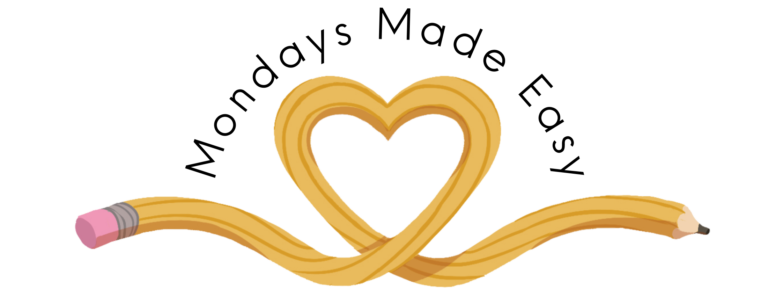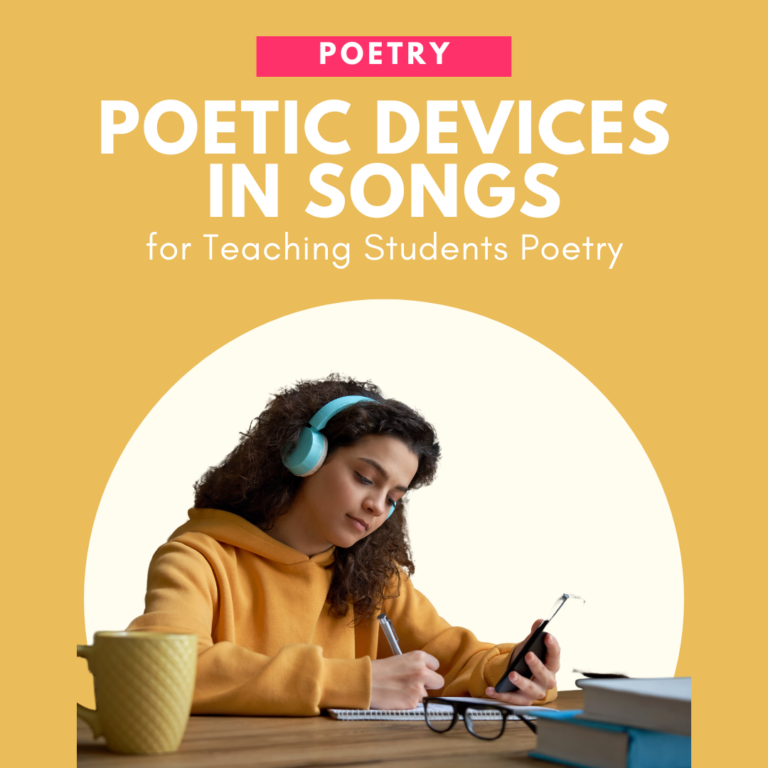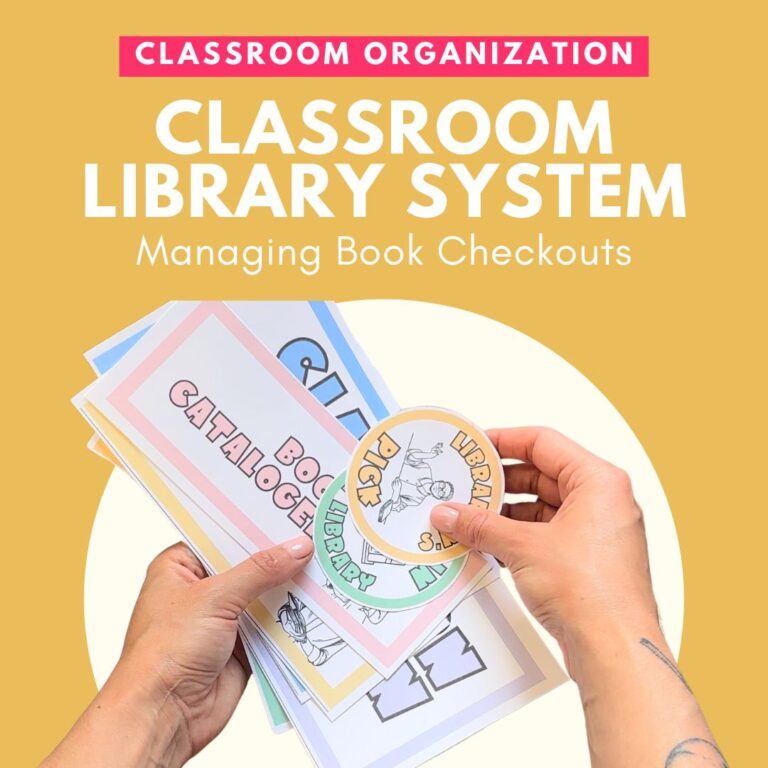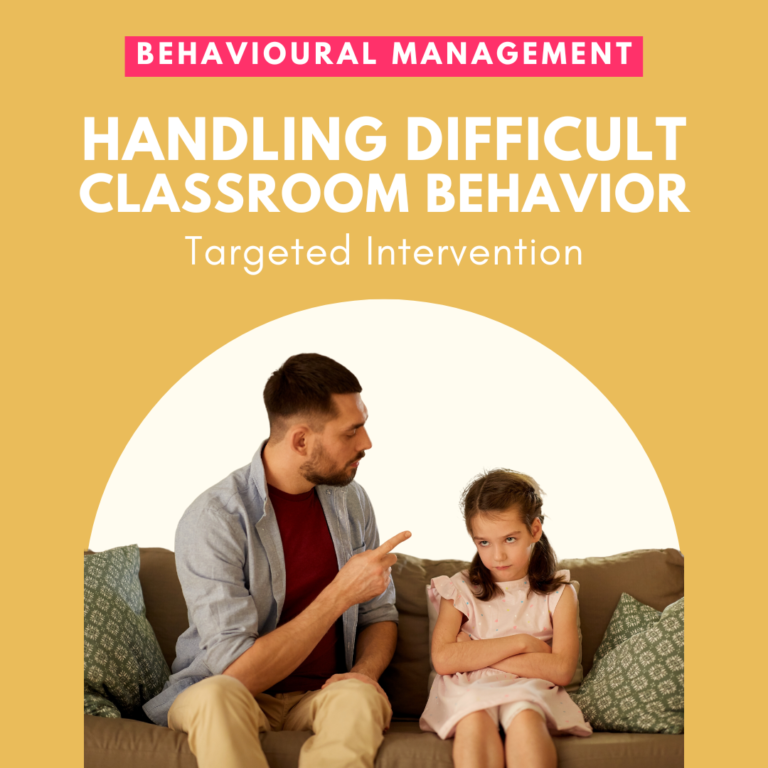When it comes to teaching students how to avoid plagiarism, the best approach is a proactive one. It can be hard to advise other teachers on how to handle plagiarism because every situation is unique. However, every teacher can benefit from preventing plagiarism by teaching academic integrity. This blog post will share strategies for teaching students how to avoid plagiarism, along with advice on how to approach plagiarization in your students’ writing. You’ll also learn about teacher plagiarism checker tools that you can use in your classroom.
What is Plagiarism?
Plagiarism involves claiming unoriginal work or ideas as the author’s own. Plagiarism can be accidental or intentional.
Chances are that if you teach English Language Arts, you are very familiar with plagiarism. You might even deal with plagiarism on a regular basis. Regardless, plagiarism should not be ignored. This is because plagiarizing in academic or professional settings can have serious consequences.

Different Types of Plagiarism
Exploring the different types of plagiarism can help with teaching students how to avoid plagiarism in their writing. Most students may know that copying someone’s work word-for-word is unacceptable. However, they may be unclear about other types of plagiarism:
- Direct Plagiarism: Direct plagiarism occurs when work from a source is used verbatim without paraphrasing, referencing, or altering. It is a clear form of plagiarism that fails to cite the original creator, be it a person or AI.
- Patchwork Plagiarism: Patchwork plagiarism involves using information from another source (or a combination of sources) and weaving it together with the author’s ideas without proper acknowledgement.
- Self-Plagiarism: Self-plagiarism involves recycling the author’s own work misleadingly. Although the work belongs to the author, it may falsely claim to be created at a later date or for a different purpose.
- Ghost Writing or Editing: This type of plagiarism fails to reference a source that contributes to the work. It can involve hiring someone to complete or contribute to the work in exchange for some form of compensation. Ghostwriting and editing can also be voluntary. This type of plagiarism also includes using artificial intelligence and LLMs, like ChatGPT.
- Echo Plagiarism: Echo plagiarism involves reworking another source to disguise it as one’s own. This can involve rephrasing an entire work, or using the structure, scheme, or bibliography of another source.
This lesson on the types of plagiarism is a great way to teach your students about the different ways that plagiarism can occur. It includes a formative assessment activity, an informational handout, and a consolidating worksheet.

How to Teach Plagiarism To Students
Teach Students How to Avoid Plagiarism at the Start of the Year
The best way to avoid plagiarism in your classroom is to teach about plagiarism at the beginning of the year. This lesson is an important step. It eliminates any chance of a student plagiarizing unknowingly. If you notice a student plagiarizing later in the year, it will also be easier to approach the conversation.
Even if your students are seniors or if they’ve learned about plagiarism before, it is still a great idea to teach every class about plagiarism. One reason is that plagiarism can sometimes go unnoticed. If students are used to completing assignments a certain way, they may knowingly or unknowingly continue to plagiarize under the assumption that their method is working for them.
Another reason to teach how to avoid plagiarism is to continually reinforce this concept and all of its different forms. While some forms of plagiarism are straightforward, others may seem permissible. For example, a student may know not to copy and paste off the internet but may see no issue in having a parent help them edit their work. By reinforcing the concept of plagiarism, you can teach students to detect plagiarism instead of assuming it to be acceptable.
A final reason to teach how to avoid plagiarism is to accommodate cultural differences. When I taught in South-East Asia, I encountered a lot of plagiarism. My colleagues informed me that this was sometimes a reflection of the students’ collectivist culture. They explained that some students were encouraged to recite information in school. Attribution to individualistic ideas was also not a cultural priority.
We can even see cultural differences across generations; for example, reusing other people’s ideas on social media is considered following a trend instead of copying their work.
Help Students Identify Plagiarism
As mentioned, there are several types of plagiarism. Some types of plagiarism are more obvious than others. Informing students about the different types of plagiarism is a good start in teaching students how to avoid plagiarism. Solidifying this concept through application to real-life scenarios will help with teaching students how to avoid plagiarism in the future.
You can facilitate this lesson by thinking of past examples of plagiarism that you have encountered. You can also brainstorm examples that relate to each type of plagiarism. Have a discussion with students about each example, and see if they are able to identify it as a form of plagiarism.
This lesson on How to Avoid Plagiarism includes several real-life examples that correlate to the types of plagiarism introduced in the informational handout. You can have students work on these worksheets independently or discuss them in groups. These scenarios will encourage students to think critically about their actions if they accidentally or intentionally plagiarize in your class.
Teach Your Policy for Plagiarism
Having a policy for plagiarism will help with teaching students how to avoid plagiarism in your classroom. Your policy will communicate your expectations surrounding plagiarism. It is also important to outline the consequences of plagiarism.
There are several different policies you can employ. Some policies deal with plagiarism on a case-by-case basis; others implement zero tolerance with harsh consequences. It is helpful to discuss a school-wide policy with your administration or a policy shared amongst your department. This will provide more consistent expectations for your students. It will also offer input from several educators in order to develop a policy that best reflects the values of your school.
You can use this editable plagiarism policy template in order to develop guidelines for your classroom. It is also helpful to include your policy in your course syllabus. I find it useful to have students sign a copy of our policy; by signing, they communicate that they have read and understood my expectations.
Be sure to remind students about your policy often. You can clarify your expectations when assigning projects or assessments. This is also a good opportunity to direct students to where they can go if they need extra help. It is best to vocalize these expectations, as well as put them in writing.
Gamify your Lessons on Plagiarism
Want a memorable and engaging way to explore examples of plagiarism with your students? This Plagiarism Bingo Game will evaluate your students’ understanding of different instances of plagiarism while sparking discussions about academic integrity in your classroom.
This resource includes 20 unique Bingo game cards. Each Bingo game card features a range of terms such as direct plagiarism, ghostwriting, patchwork plagiarism, self-plagiarism, AI-generated content, and more. When a scenario card is called, students will have to match it with the correct Bingo square.

Teacher Plagiarism Checker Tools
Here are a few teacher plagiarism checker tools that you can use in your classroom for avoiding plagiarism:
Google Apps®: You can download a Chrome extension called Draftback that allows you to replay the revision history of any document. The caveat with this feature is that students need to complete all of their work within the Google Docs® file. To do this, I assign a blank document to every student in Google Classroom® and instruct them to do all of their work within the file.
Plagiarism Checkers: Grammarly offers a free plagiarism checker for both students and teachers alike. Quetext also offers both free and paid options for plagiarism checkers. While their free plagiarism checker is helpful for isolated incidents, you will need to purchase a monthly subscription to regularly rely on this tool. Turnitin is another popular plagiarism checker. Although the highest investment, Turnitin is effective. Turnitin has a database of submitted work, meaning that it can inform you if similar work has been submitted at a different school.
Google Search: Searching for fragments using Google Search can help you locate work plagiarized from internet sources. To do this, copy various fragments and paste them within quotation marks to the Google search bar. If you take this approach, be aware of unconscious and personal bias. It is best practice to do this with every student’s work. If you are searching for fragments based on complexity or word choice, apply the same standard to every assignment.
Conversations: Plagiarism tools unfortunately do not catch everything. For example, there are rephrasing applications that students can use to paraphrase direct plagiarism. Sometimes, teaching students how to avoid plagiarism involves difficult conversations. If you suspect plagiarism, you can ask students to clarify their thoughts, ideas, or word choice.
A caveat worth noting: There are several tools and approaches that claim to be able to detect AI. For example, some educators have been instructed to simply input text into ChatGPT and ask if it wrote the passage. Others swear by tools like Turnitin. Unfortunately, even the software developers themselves will tell you that there is no method to detect AI-generated writing that can promise 100% accuracy. When it comes to artificial intelligence in the classroom, prevention is the best approach to avoiding plagiarism.
How do teachers deal with plagiarism?
One of the most challenging aspects of plagiarism is how insulting it can feel. I want to preface this by stating that plagiarism is a serious offense – in some countries, plagiarism is a crime. Plagiarism is considered both theft and dishonesty. Because of this, there are serious consequences for plagiarism.
In the context of avoiding plagiarism, it’s easy to feel disrespected by a student who chooses to plagiarize. We might also be upset by the integrity of our students when we identify plagiarism.
More often than not, plagiarism is not personal. If you are concerned about manipulation, laziness, or dishonesty, then be sure to look for evidence beyond plagiarism alone. There are a number of reasons students plagiarize, and it is likely that none of them have to do with you.
With the severity of plagiarism in mind, teaching students how to avoid plagiarism should be a priority. We can still consider different reasons why students plagiarize. If a student does not understand the assignment, they may choose to plagiarize instead of asking for help. They may have plagiarized in the past with previous teachers who did not thoroughly read their work. Plagiarizing may be a means to a desirable end for students, including a high grade on their transcript or more time to devote to other responsibilities.
While none of these reasons are acceptable, we must remember that they may be permissible in our students’ minds. When I have a conversation about plagiarism, I like to keep my intentions in mind. Rather than shaming a student, my intention is to teach them about the consequences of their actions. This approach supports avoiding plagiarism by being firm in my policies and reminding them that I am ultimately here to support their well-being.
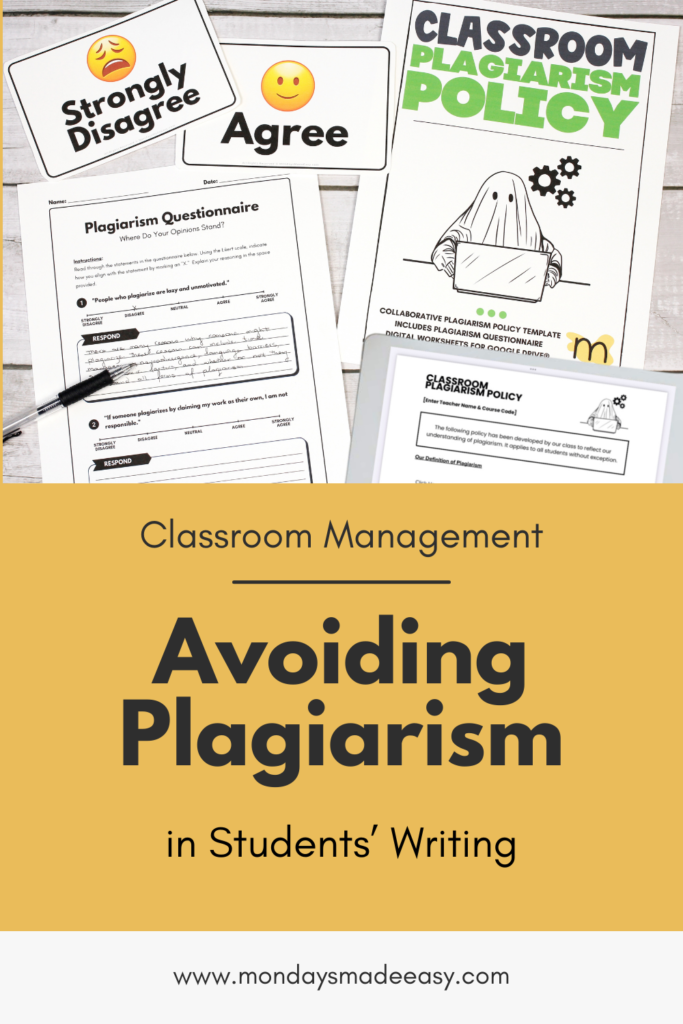
Teaching Students How to Avoid Plagiarism: Final Takeaways
While there are a number of ways to teach students how to avoid plagiarism, sometimes the best tool is a conversation. Teaching students about the different types of plagiarism and implementing a plagiarism policy will encourage your students to focus on avoiding plagiarism. These lessons are essential precursors to teaching paraphrasing or how to write citations. It will also lay the foundation for a productive conversation if it comes time to have one.
Sometimes, a conversation about plagiarism can foster trust and understanding between you and your student. Many teachers can recall conversations about plagiarism as turning points in their relationship with a student. By demonstrating to a student that you see them, believe in them, and want to hold them accountable, you can demonstrate effective conflict resolution with a student and foster a strong student-teacher bond.
I hope this blog post supports you in teaching students how to avoid plagiarism. To download the lessons and worksheets mentioned in this blog post, you can find them here.
